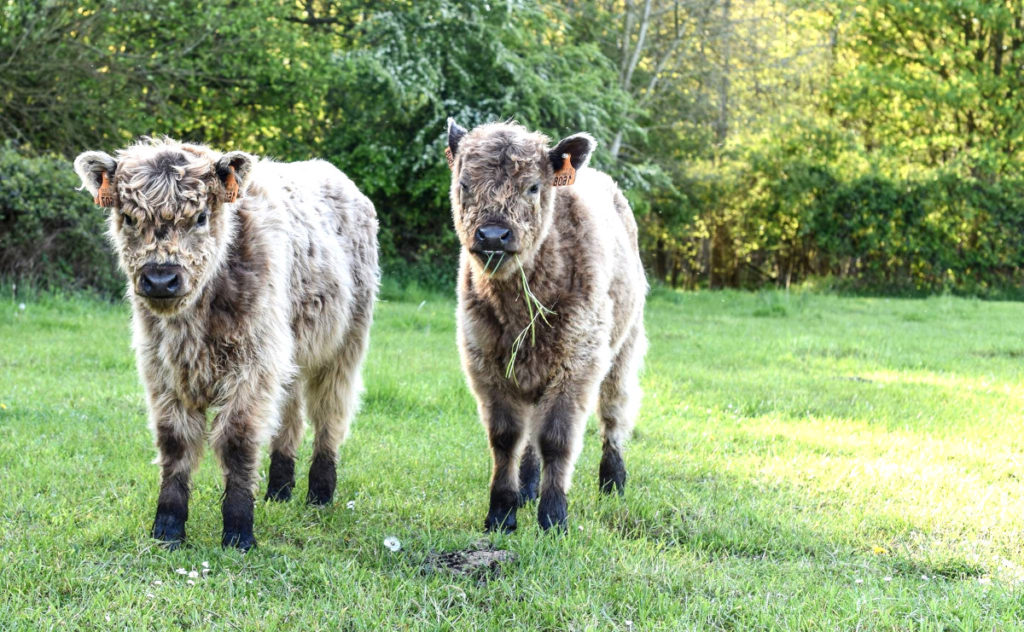Discover Regenerative Grazing
Regenerative grazing is the sustainable alternative to the current environmentally damaging production model.
This week the sustainability of the current meat consumption model has come up for debate.
The high concentration of animals accumulates too many toxins for the land, which are impossible to process in an efficient way.
Currently more than 68% of the world’s agricultural land is used for grazing.

But there is an alternative, which has proven to be successful and is called managed, adaptive or regenerative grazing.
This is based on receiving the animals in a staggered manner and adapted to the changing conditions of the season.
The aim is to reduce the carbon footprint of products such as meat or milk.
This new technique achieves fourteen percent more grass, higher levels of infiltration, and earthworms that favour oxygenation and fertilisation of the soil.
There is practically no need for chemical fertiliser or the use of fodder.
Another advantage is that the animals do not usually eat more than fifty percent of the plant.
And therefore their mouths do not reach the ground and they avoid contact with parasites, which leads to healthier animals.
According to a study carried out jointly by NEIKER-Tecnalia, of the Instituto Vasco de Investigación y Desarrollo Agrario, and INTIA (Instituto Navarro de Tecnologías e Infraestructuras Agroalimentarias).
This type of pasture makes for healthier meadows. With permanent pastures that manage to fix a large amount of carbon.
In just three years, it increases water retention capacity by 34% and can achieve 95% nutrient availability.
Now you can ask your local Eco shop for meat from this type of production.
